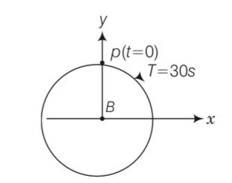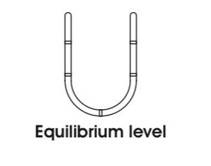Oscillations
Get insights from 99 questions on Oscillations, answered by students, alumni, and experts. You may also ask and answer any question you like about Oscillations
Follow Ask QuestionQuestions
Discussions
Active Users
Followers
New answer posted
5 months agoContributor-Level 10
This is a multiple choice answer as classified in NCERT Exemplar
(a), (c) consider the motion of a ball inside a smooth curved bowl
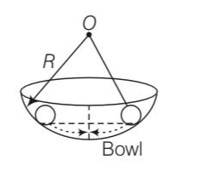
for small angular displacement or slightly released motion, it can be considered as angular SHM.
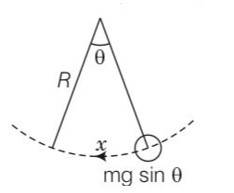
When the ball is at angle of the restoring force acts
Ma=mgsin
A= gsin
Hence motion is SHM
So T=
New answer posted
5 months agoContributor-Level 10
This is a multiple choice answer as classified in NCERT Exemplar
(a), (c) the rotation of earth about its axis is periodic because it repeats after a regular interval of time.
The rotation of earth is obviously not a to and fro type of motion about a fixed point. So its motion is SHM.
New answer posted
5 months agoContributor-Level 10
This is a multiple choice answer as classified in NCERT Exemplar
(b) Keq= K1+K2

Time period of oscillation of the spring block system
T=2
Frequency = 1/time = = equivalent oscillation frequency
When the mass is connected to the springs individually
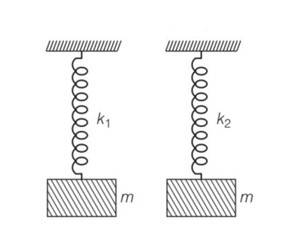
From above equation
So
New answer posted
5 months agoContributor-Level 10
This is a multiple choice answer as classified in NCERT Exemplar
(a) V=dy/dt=awcoswt
Vmax=aw=30
Acceleration A=
A=w2a=60
So after solving w =2rad/s
2
T=
New answer posted
5 months agoContributor-Level 10
This is a multiple choice answer as classified in NCERT Exemplar
(c) x=acos ( )2, so it is SHM motion.
X (t+T)=acos [ ]2
= acos [ ]
So it is not periodic.
So it is oscillatory but not periodic
New answer posted
5 months agoContributor-Level 10
This is a multiple choice answer as classified in NCERT Exemplar
(a) Let angular velocity of the particle executing circular motion is w and when it is at O makes and angle
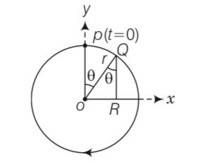
As =wt
OR=OQCos (90- )
= OQsin =OQsinwt
=rsinwt
x=rsinwt=Bsinwt
= Bsin =Bsin ( )
New answer posted
5 months agoContributor-Level 10
This is a multiple choice answer as classified in NCERT Exemplar
(b) A is given a transverse displacement. Through the elastic support the disturbance is transferred to all the pendulums.
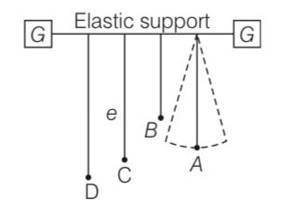
A and C are having same length hence they will be in resonance, because their time period of oscillation.
T= hence frequency is same. So amplitude of A and C will be maximum.New answer posted
5 months agoContributor-Level 10
This is a multiple choice answer as classified in NCERT Exemplar
(d) y= asinwt + bcoswt
a=Asin and b= Acos
a2+b2=A2sin2 +A2cos2
A=
y=Asin +Acos
= Asin (wt+ )
dy/dt= Awcos (wt+ )
So it is proportional to displacement . so follows SHM
New answer posted
5 months agoContributor-Level 10
This is a multiple choice answer as classified in NCERT Exemplar
(c) x= acoswt
Y= asinwt
Squaring and adding above eqns
x2+y2=a2, this is the equation of circle
New answer posted
5 months agoContributor-Level 10
This is a multiple choice answer as classified in NCERT Exemplar
(c) Consider the diagram in which a liquid column oscillates . in this case, restoring force acts on the liquid due to gravity.
Restoring force f = weight of liquid column of height 2y
t=-A = -2A
f
motion is SHM with force constant k= 2A
T= = 2
So time period is independent upon density of liquid.
Taking an Exam? Selecting a College?
Get authentic answers from experts, students and alumni that you won't find anywhere else
Sign Up on ShikshaOn Shiksha, get access to
- 66k Colleges
- 1.2k Exams
- 680k Reviews
- 1800k Answers


